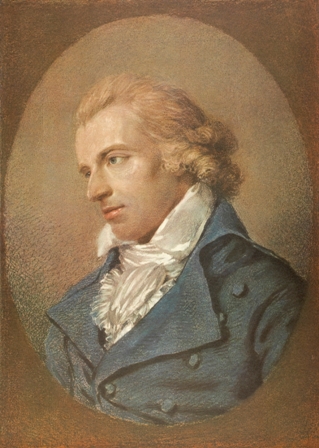What distinguishes true crime from other non-fiction? If you were to measure its pulse, where in the story should you place your two fingers? The German poet Friedrich Schiller (1759-1805) would say motive. He should know. He revolutionized the true...
Who is the most famous true crime author in the world? Truman Capote, perhaps? Or Ann Rule? Think again. If you travel back to the French and German origins of the true crime genre, you’ll find Germany’s greatest poet. He not only wrote...




Recent Comments